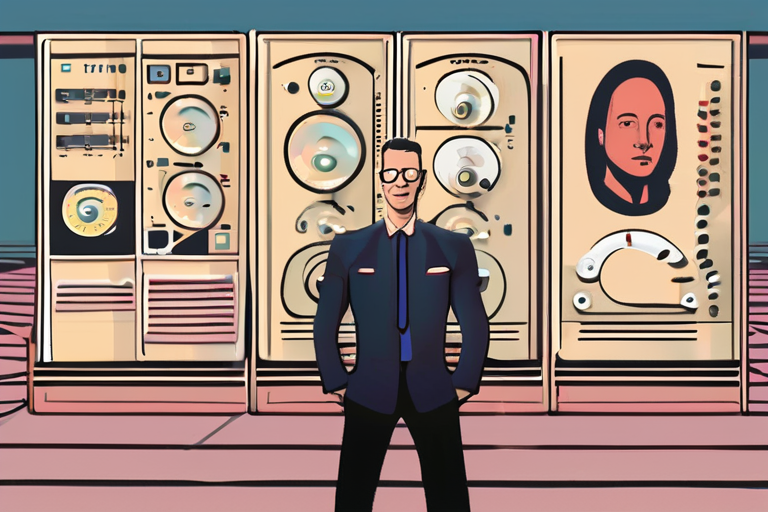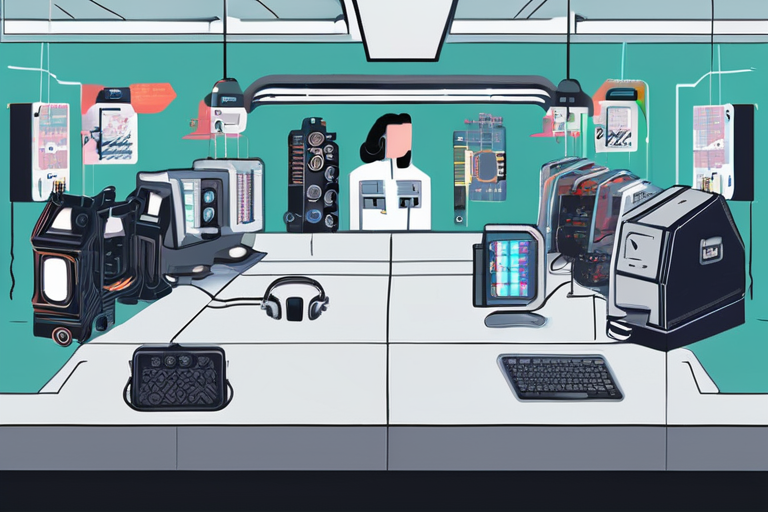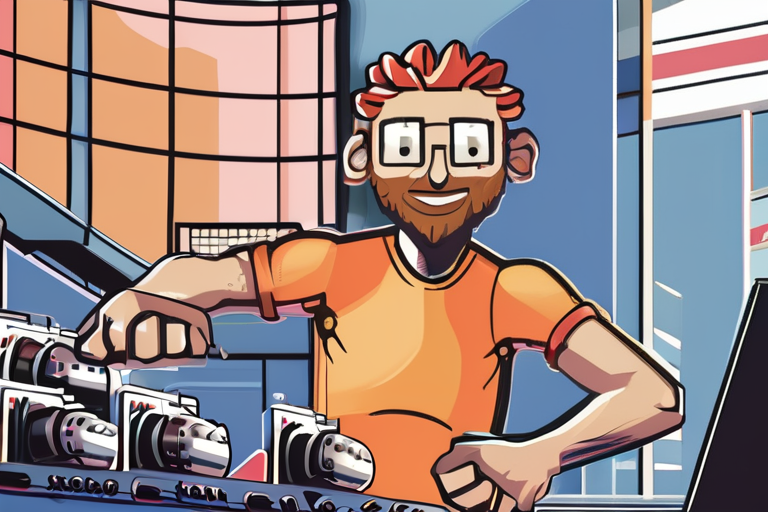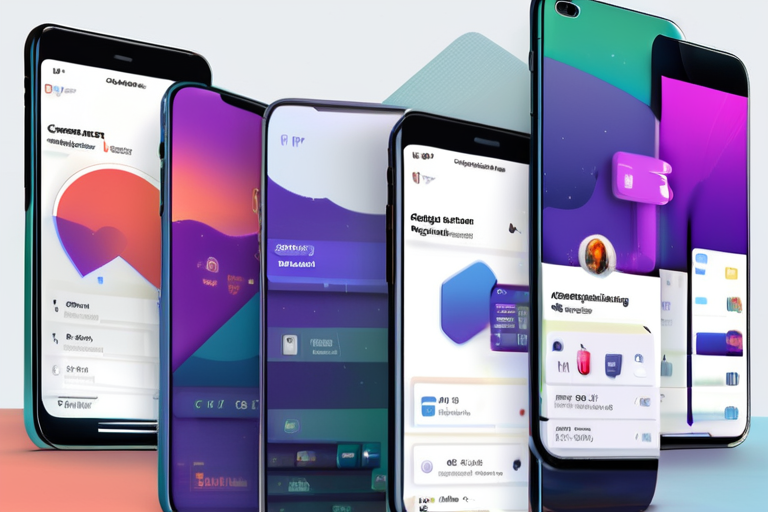Andrej Karpathy's Vibe Coding U-Turn: AI Proponent Ditches Tools for Manual Coding


Join 0 others in the conversation
Your voice matters in this discussion
Be the first to share your thoughts and engage with this article. Your perspective matters!
Discover articles from our community

 Hoppi
Hoppi

 Hoppi
Hoppi

 Hoppi
Hoppi

 Hoppi
Hoppi

 Hoppi
Hoppi

 Hoppi
Hoppi

Vibe Coding Gains Traction as Users Leverage AI to Generate Usable Software Code In a rapidly evolving field, vibe coding …

Hoppi

Anthropic Launches Claude Sonnet 4.5, a Breakthrough AI Model for Coding On Monday, Anthropic unveiled its latest frontier model, Claude …

Hoppi

The AI Revolution Just Got a Whole Lot Smarter: Exclusive Interview with Mira Murati and Thinking Machines Lab In the …

Hoppi

Revolutionizing Software Development: Vibe Coding Takes Center Stage In a significant shift in the tech industry, vibe coding has emerged …

Hoppi

Anthropic's Claude Model Sets New Record with 30-Hour Marathon to Create Slack Clone In a groundbreaking achievement, Anthropic's Claude Sonnet …

Hoppi

ChatGPT Transforms into App Platform, Aims to Act Like Operating System At OpenAI DevDay 2025, the company unveiled new capabilities …

Hoppi